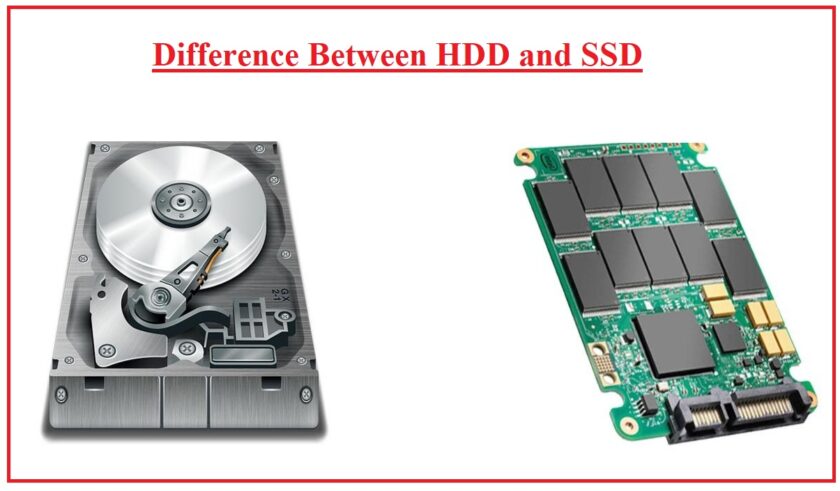Here are some of the top web development trends in 2024 that are shaping the industry:
1. Progressive Web Apps (PWA)
- What It Is: Progressive Web Apps combine the best of web and mobile apps. They are websites that function like mobile apps, providing features like offline access, push notifications, and fast load times.
- Why It’s Trending: PWAs enhance user experience, reduce development costs (one codebase for web and mobile), and perform well across devices.
- Benefits:
- Faster load times and offline functionality.
- Improved user engagement and retention.
- Easier to develop and maintain than native mobile apps.
2. Single-Page Applications (SPA)
- What It Is: SPAs are web applications that load a single HTML page and dynamically update content without requiring a full page reload. They offer a smooth and responsive user experience, similar to a desktop application.
- Why It’s Trending: SPAs provide faster loading times and a more fluid user experience. Popular frameworks like React, Angular, and Vue.js make SPA development easier.
- Benefits:
- Enhanced performance and speed.
- Seamless user experience.
- Reduced server load due to fewer requests.
3. Artificial Intelligence (AI) and Chatbots
- What It Is: AI-powered chatbots and virtual assistants are becoming integral parts of web development, providing personalized customer support and handling common queries.
- Why It’s Trending: Businesses use AI to automate customer service, improve user experience, and analyze user behavior. Chatbots reduce response times and are available 24/7.
- Benefits:
- Instant responses to user queries.
- Personalized user experiences.
- Cost savings on customer service operations.
4. Voice Search Optimization
- What It Is: Voice search is growing with the proliferation of smart devices like Google Home, Amazon Alexa, and Siri. Websites are now being optimized to handle voice queries effectively.
- Why It’s Trending: With the increasing number of voice searches, optimizing for voice queries ensures better visibility and accessibility in search results.
- Benefits:
- Improved SEO rankings.
- Enhanced user experience for hands-free browsing.
- Reaching a broader audience, including those using voice-enabled devices.
5. Serverless Architecture
- What It Is: Serverless computing allows developers to build and run applications without managing servers. Cloud providers (e.g., AWS Lambda, Google Cloud Functions) handle server management, scaling, and maintenance.
- Why It’s Trending: Serverless architecture reduces the complexity of infrastructure management, leading to faster development cycles and lower costs.
- Benefits:
- Scalability and flexibility.
- Reduced development and operational costs.
- Faster time-to-market.
6. Motion UI
- What It Is: Motion UI uses animations, transitions, and micro-interactions to enhance user experience by making websites feel more interactive and dynamic.
- Why It’s Trending: As web design becomes more user-focused, motion UI helps engage users by making navigation and interactions more intuitive and enjoyable.
- Benefits:
- Improved user engagement and interaction.
- More visually appealing and memorable websites.
- Better user flow and ease of navigation.
7. Responsive Design and Mobile-First Approach
- What It Is: Responsive web design ensures that websites perform well on various screen sizes and devices. The mobile-first approach prioritizes the mobile version of the site during development, given that most traffic comes from mobile devices.
- Why It’s Trending: With more users accessing the web via mobile devices, responsive and mobile-first designs are essential for ensuring accessibility and usability.
- Benefits:
- Enhanced user experience across devices.
- Better SEO rankings (Google prioritizes mobile-first indexing).
- Improved performance and faster load times on mobile devices.
8. Accelerated Mobile Pages (AMP)
- What It Is: AMP is a web component framework and a set of performance optimizations for mobile web browsing. It allows web pages to load faster on mobile devices by reducing the amount of content and optimizing the code.
- Why It’s Trending: Faster loading times result in better user engagement and improved SEO rankings, especially on mobile devices.
- Benefits:
- Lightning-fast page load speeds.
- Better user engagement on mobile devices.
- Higher rankings in Google search results, especially for mobile users.
9. API-First Development
- What It Is: API-first development prioritizes the creation of APIs before the application itself. This approach ensures that applications can integrate seamlessly with other services and devices.
- Why It’s Trending: As apps become more complex and interconnected, an API-first approach ensures scalability, flexibility, and easier integration with third-party services.
- Benefits:
- Faster development of cross-platform applications.
- Easy integration with external services and devices.
- Future-proof and scalable architecture.
10. Blockchain Technology
- What It Is: Blockchain is a distributed ledger technology that ensures secure, transparent, and tamper-proof transactions. It’s gaining momentum in areas like payments, data security, and decentralized applications (dApps).
- Why It’s Trending: Blockchain can be applied to various sectors, including finance, healthcare, and eCommerce, to enhance data security, transparency, and decentralization.
- Benefits:
- Enhanced security and privacy.
- Transparent and traceable transactions.
- Decentralized applications with no single point of failure.
11. Cybersecurity and Web Development
- What It Is: With the rise in cyber threats, ensuring the security of websites and web applications is more critical than ever. Developers are adopting advanced security measures to protect against data breaches, hacking, and malicious attacks.
- Why It’s Trending: Increasing concerns over data privacy and the rise of cyberattacks have pushed cybersecurity to the forefront of web development.
- Benefits:
- Improved protection of user data and privacy.
- Higher user trust and credibility.
- Reduced risks of data breaches and legal consequences.
12. Dark Mode User Interface
- What It Is: Dark mode is a low-light user interface (UI) design trend that uses darker colors for the background and lighter colors for the text and other UI elements.
- Why It’s Trending: Dark mode is not only visually appealing but also reduces eye strain, especially in low-light environments. It has gained popularity due to its aesthetic and energy-saving benefits.
- Benefits:
- Better user experience in low-light conditions.
- Energy savings on OLED and AMOLED displays.
- Trendy, modern look and feel.
13. WebAssembly (Wasm)
- What It Is: WebAssembly is a binary instruction format that allows developers to run high-performance applications on the web. It enables code written in languages like C, C++, and Rust to be executed on the browser at near-native speed.
- Why It’s Trending: WebAssembly allows complex, compute-intensive applications (e.g., games, video editing) to run efficiently in the browser without relying on JavaScript.
- Benefits:
- High performance for web applications.
- Supports multiple programming languages.
- Expands the capabilities of web apps to handle more complex tasks.
14. Headless CMS
- What It Is: A headless CMS separates the content repository (backend) from the presentation layer (frontend), allowing developers to use APIs to deliver content across different platforms.
- Why It’s Trending: With the need for content distribution across multiple platforms (web, mobile, IoT, etc.), a headless CMS offers flexibility, scalability, and control over content delivery.
- Benefits:
- Content can be reused across multiple platforms.
- Faster front-end development.
- Greater flexibility in how content is presented and displayed.
Conclusion
The web development landscape in 2024 focuses on improving user experience, performance, and security, while also adapting to new technologies like AI, blockchain, and voice search. Developers who stay on top of these trends will be better positioned to create engaging, future-proof web applications.






